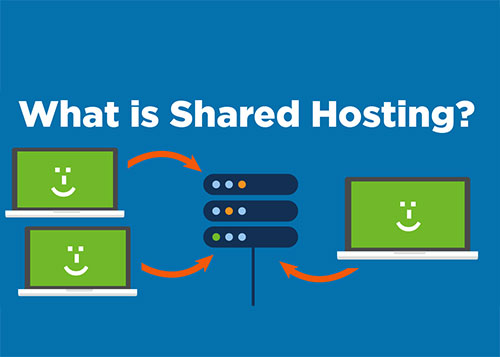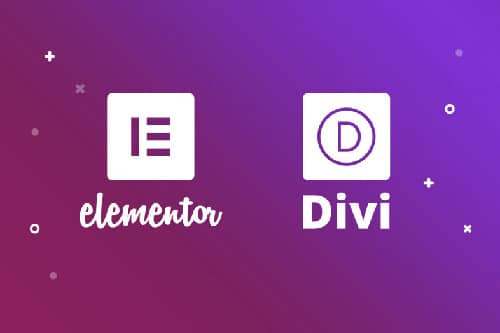Hosting Money-Back Guarantees: Are They Really Risk-Free?
To ease this decision, hosting companies dangle an enticing offer: the money-back guarantee. Promises of 30, 45, or even 97 risk-free days can make signing up feel like a no-brainer. But are these guarantees the safety net they appear to be? For small business owners and developers looking for affordable hosting without the risk, understanding the terms is not just good practice—it's essential for protecting your budget and avoiding future headaches.
The Psychology of the 'Risk-Free' Promise
Why are money-back guarantees so prevalent in the hosting industry? It's simple marketing psychology. They effectively remove the biggest barrier to purchase: fear of commitment. By offering a refund, hosts project confidence in their services and make potential customers feel secure in their decision. A generous guarantee suggests that the provider is so sure you'll love their fast website hosting and reliable uptime that they're willing to bet on it. This is especially appealing to new website owners who may be unsure what to look for in a host and want the flexibility to change their minds. However, the value of this promise hinges entirely on the terms and conditions that govern it.

What's Typically Refundable? The Core Service
In most cases, the money-back guarantee applies directly to the hosting service fees themselves. When you sign up for a shared, VPS, or dedicated hosting plan, the monthly or annual fee you pay for server space and resources is the part that's generally refundable. If you're unhappy with the website performance, uptime, or customer support within the specified period, you can cancel and get this core cost back.
This includes:
- Shared Hosting Plans: The primary cost of your plan.
- VPS Hosting Fees: The cost for your virtual private server slice.
- WordPress Hosting Plans: The specialized plan fee.
This is the straightforward part. The complexity—and potential for unexpected costs—arises from everything else you might purchase during checkout.
The Fine Print: Common Exclusions and Non-Refundable Fees
Here is where 'risk-free' becomes 'risk-reduced'. Nearly every hosting provider excludes certain products and services from their money-back guarantee. These are costs you will not get back, even if you cancel on day one.
The Biggest Catch: Domain Names
This is the most common and significant exclusion. Many hosts offer a 'free' domain name for the first year when you purchase an annual plan. It's a fantastic perk, but it's not truly free. The host is simply covering the registration cost as a bonus. If you cancel your hosting plan, two things happen:
- You Keep the Domain: The domain was registered in your name, and it's yours for the year.
- You Pay For It: The host will deduct the standard, non-discounted price of that domain name (typically $15-$25) from your refund.
This is fair practice, as the host can't 'return' a registered domain. However, it means your refund will be smaller than you expected.

Other Common Non-Refundable Items:
- Setup Fees: While less common today, some plans, especially for more complex services, may include a one-time setup fee that is non-refundable.
- Add-on Services: Anything you added to your cart beyond the core hosting is usually non-refundable. This includes dedicated IP addresses, domain privacy protection, premium SSL certificates (if not included), and automated backup services (like CodeGuard).
- Migration Fees: If you paid the host to migrate your website from another provider, that service fee is almost always final.
- Software Licenses: Any control panel licenses (like cPanel or Plesk) or other software purchased through the host are typically non-refundable.
Host Policy Showdown: A Look at the Fine Print
Let's compare the policies of a few popular hosts to see how this works in the real world. This can help you determine the best hosting for your small business based on transparency and flexibility.
1. Bluehost: The 30-Day Standard
Bluehost offers a standard 30-day money-back guarantee on its hosting plans. As per their terms, if you cancel within 30 days, you receive a full refund on your hosting service. However, they explicitly state that domain name fees are non-refundable. If you received a 'free' domain, its cost will be deducted from your refund amount.
BlueHost
2. SiteGround: Clarity and Prorated Refunds
SiteGround also provides a 30-day guarantee for shared hosting (14 days for cloud hosting). They are well-regarded for their clear terms. Like Bluehost, domain fees and other add-ons are non-refundable. An interesting distinction is that for cancellations after the initial 30 days, they do not offer prorated refunds on prepaid annual plans, making the initial trial period even more critical.
SiteGround
3. DreamHost: The 97-Day Champion
DreamHost stands out with an industry-leading 97-day money-back guarantee for shared hosting. This generous window gives you ample time to test their service. However, the same rules apply. Their policy clearly states that domain registration fees (including for 'free' domains), SSL certificates, and other add-ons are not refundable. The extended period is a huge plus, but the financial caveats remain.
DreamHost
Your Action Plan for a Truly Risk-Free Trial
You can still leverage these guarantees to your advantage with a smart strategy. Don't just sign up and hope for the best. Use the trial period to actively vet the provider.
- Read the Terms of Service (ToS): Yes, it's boring, but spend five minutes searching for their 'Refund Policy' or 'Money-Back Guarantee' page. It will tell you exactly what is and isn't covered.
- Use a Temporary Domain: To avoid the domain fee trap, start by testing the host with a free subdomain they provide (e.g., `yourtest.dreamhosters.com`) or point a cheap, non-critical domain you already own to their servers. Once you're sure you're staying, you can register your primary domain.
- Stress-Test Performance: Don't just install WordPress and look at it. Install a complete copy of your site (or a demo site with plugins and images) and test the site speed using tools like GTmetrix or Google PageSpeed Insights. See how the server responds under a little pressure. This is the best way to evaluate if you're getting the fast website hosting you were promised.
- Test Customer Support: This is crucial. Open a support ticket with a real (but not urgent) technical question. How quickly do they respond? Are they helpful and knowledgeable? Do this early in your trial period.
- Set a Calendar Reminder: Set a reminder on your calendar for 3-4 days before your guarantee period expires. This gives you plenty of time to initiate the cancellation process if you're not satisfied, without any last-minute panic.
Conclusion: A Valuable Tool, Not a Blank Check
A hosting money-back guarantee is a powerful tool for reducing the risk of choosing a new provider. It gives you a critical window to test the service's core components: server speed, reliability, and customer support. However, it is rarely a completely 'risk-free' proposition. By understanding that add-ons and domain names are typically non-refundable, you can set realistic expectations and avoid surprise deductions from your refund.
Use the guarantee period wisely. Perform your due diligence, test thoroughly, and you can confidently decide whether you've found the right long-term partner for your website.



















